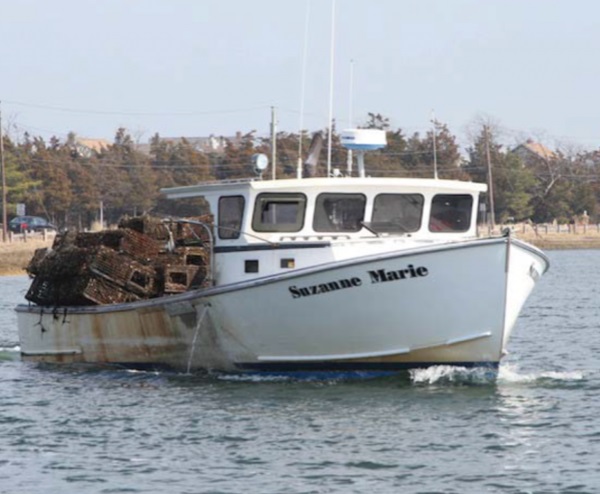 This is the third post in a series highlighting community-based marine debris removal and research projects awarded grants during the past year.
This is the third post in a series highlighting community-based marine debris removal and research projects awarded grants during the past year.
Lost and discarded fishing gear is hazardous, and can be a difficult marine debris problem to address. Once lost, nets, lines, and traps can entangle wildlife, create major hazards to navigation, and damage sensitive and important habitats. Because gear can have few identifying characteristics, it can be difficult to track its location, or find its source. In order to reduce the impacts to coastal habitats from derelict fishing gear (DFG), the NOAA Marine Debris Program funds projects that remove and prevent the continued impacts of fishing debris.
In Central Long Island Sound the Cornell Cooperative Extension (CCE) Marine Program is partnering with Long Island Sound lobstermen to remove derelict and abandoned lobster traps in commercial fishing areas. Derelict lobster traps can continue to fish after they have been lost and impact the valuable and already-threatened Long Island Sound lobster population. In order to mitigate and understand the extent of the problem, lobstermen in New York and Connecticut are working to quantify, as well as remove an estimated 94.3 metric tons of DFG using a specialized long-line grapple system. Once removed, the species found in the recovered traps will be recorded and the traps recycled.
Down the coast in New Jersey’s coastal bays, the Conserve Wildlife Foundation of New Jersey is working with Stockton University to find and remove derelict crab pots. This project continues the work started through a 2015 NOAA Marine Debris Program removal grant and builds on successes and lessons learned, as well as existing relationships with local crabbers to remove 600 derelict crab pots. To better understand the impacts of derelict crab pots, local high school students are assisting in collecting and analyzing data from retrieved pots. Additionally, the project will work to help understand the cycle of crab pot loss in order to help reduce future gear loss, as well as educate the public and crabbing community.
Shellfish aquaculture has become one of the fastest-growing U.S. industries in the coastal zone. The development of aquaculture is a national priority in order to meet growing seafood demands, address U.S. food insecurity, and revitalize water-dependent coastal economies. However, as a result of this booming industry, derelict aquaculture gear and debris is an increasing concern. The North Carolina Coastal Federation , in collaboration with Duke University Marine Lab and the NOAA Fisheries Beaufort Lab, is restoring habitat and monitoring the recovery of a former abandoned shellfish aquaculture site off of Harkers Island, North Carolina. In addition to removing debris from approximately 30 acres of oyster reef, submerged aquatic vegetation, and coastal wetlands, North Carolina Coastal Federation is working with shellfish growers and other interested stakeholders to develop best management practices for the disposal and prevention of marine debris that could be generated by aquaculture operations.
